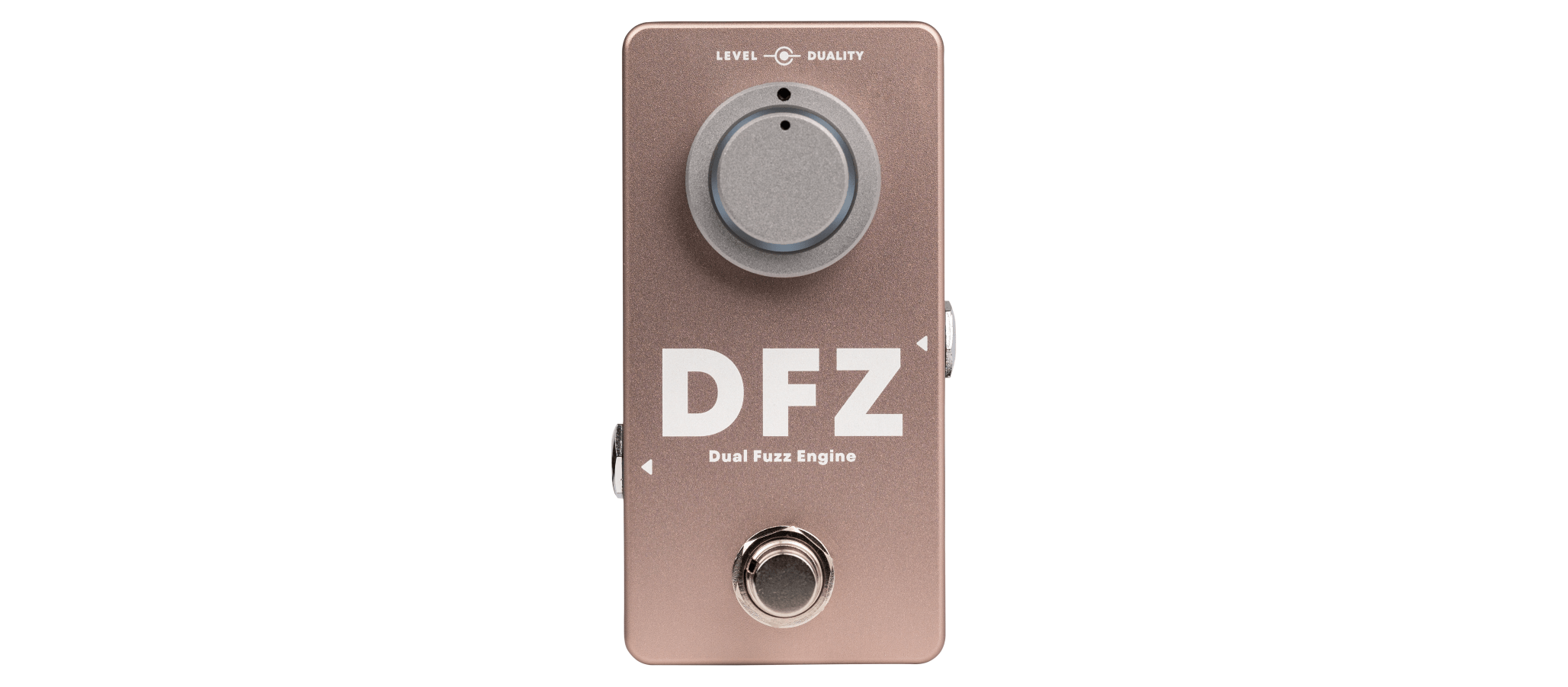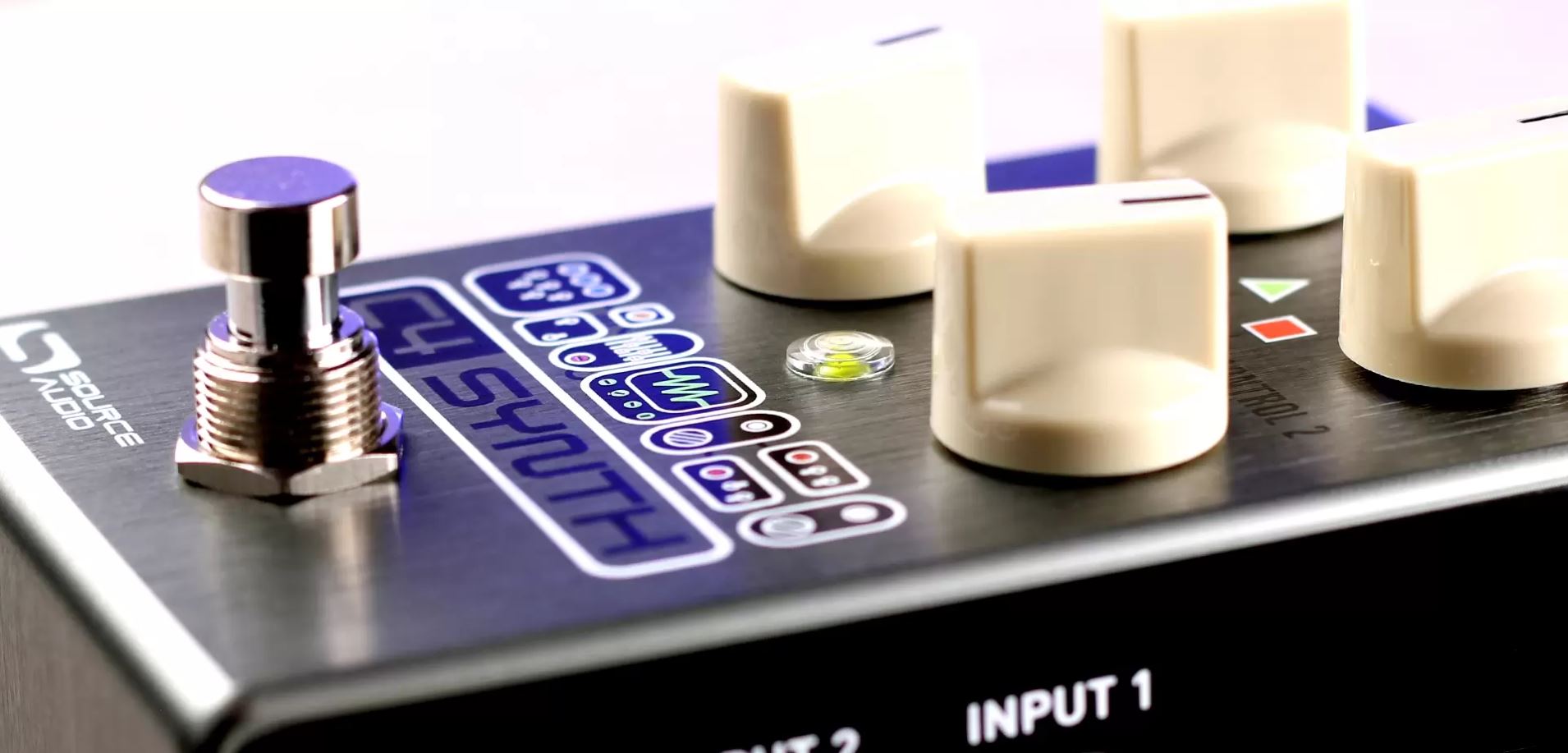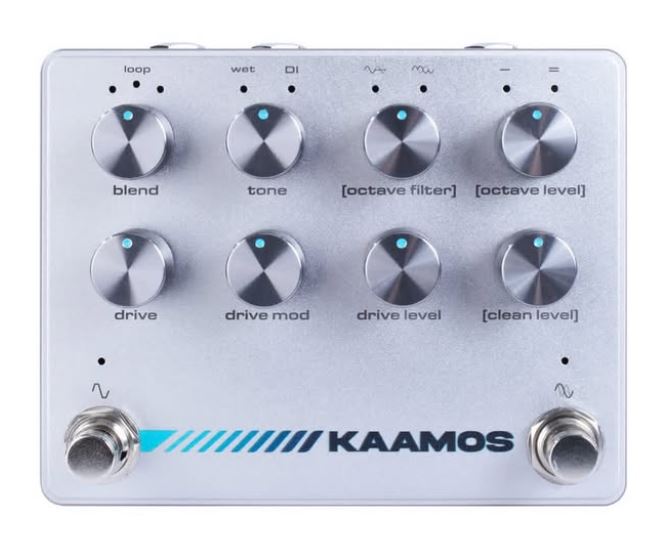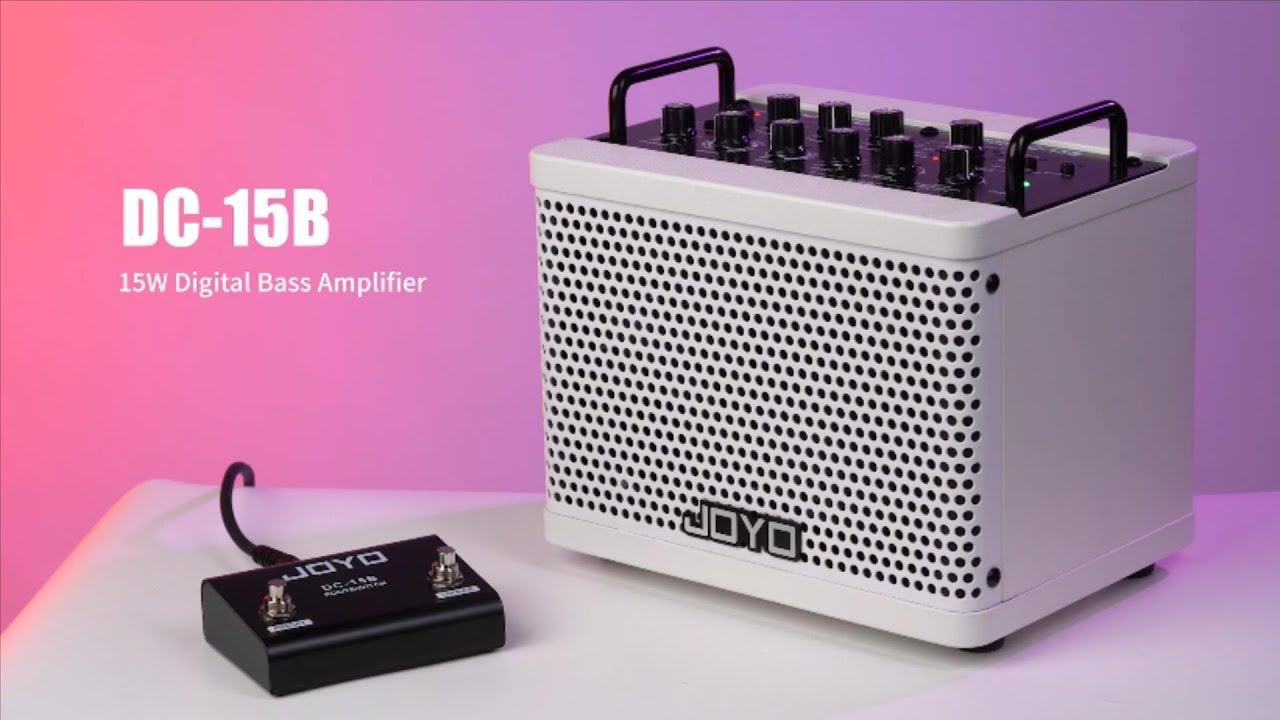
Darkglass Duality Fuzz: Pedal Review
Compact Yet Mighty Fuzz The Darkglass Duality DFZ is a powerful fuzz pedal that brings the brand’s signature grit in a sleek, pedalboard-friendly form. Like its siblings, the Microtubes B1K Overdrive, and the NSG noise gate, the DFZ is part of Darkglass’s more understated lineup—pedals that may not get as much attention as their flagship models but still deliver serious tonal firepower. Designed for bassplayers who crave versatility, the DFZ offers a unique dual-fuzz circuit capable of producing everything from tight, gated distortion to thick, aggressive fuzz. Build and Controls At first glance, the DFZ keeps things simple, sporting a clean design with a single dual-knob layout. The Level knob controls overall output, while the Duality knob blends between two distinct fuzz textures: a cutting, gated saw-tooth wave and a high-gain, saturated fuzz. Hidden inside the pedal are two additional controls—Blend, which allows you to mix your clean and fuzzed signals, and Filter, which tweaks the high-frequency content for further tone shaping. These extra options provide more flexibility while keeping the pedal’s exterior clutter-free. Size and Weight Darkglass has kept the DFZ compact and lightweight, making it a perfect fit for crowded pedalboards. The unit measures approximately 10 cm (4 inches) high, 5 cm (2 inches) wide, and 4.5 cm (1.75 inches) deep, weighing in at 0.205 kg (0.45 lbs). Despite its small footprint, it still feels solid and well-built, maintaining the high-quality craftsmanship Darkglass is known for. Tone and Performance The DFZ stands out due to its blendable fuzz circuits, allowing players to fine-tune their distortion character. The gated saw-tooth fuzz delivers a percussive, synth-like attack, while the high-gain circuit provides a thicker, more sustained growl. By mixing between these two voices, bassists can achieve a broad spectrum of fuzz tones, from tight and controlled to chaotic and crushing. This makes the DFZ highly adaptable, whether you need a subtle dirt boost for rock or full-on sonic destruction for metal. Pricing and Accessibility For bassists looking to explore Darkglass’s premium fuzz sounds without spending a fortune, the DFZ offers an excellent balance of affordability and quality. Priced around €149, it remains within reach of players who want boutique tones without the boutique price tag. The compact design further enhances its appeal, ensuring that even those with limited pedalboard space can incorporate its versatile fuzz tones into their setup. Final Thoughts The Darkglass Duality DFZ is a small yet incredibly flexible fuzz pedal that delivers rich, customizable distortion in a streamlined package. Its dual fuzz circuits, internal tone-shaping options, and rugged build make it a solid choice for bassists who want a high-quality fuzz without overwhelming complexity. For those already interested in pedals like the Darkglass Microtubes B1K (which offers a more overdrive-focused sound), the DFZ serves as a complementary option that covers the heavier, fuzzier end of the spectrum. We reviewed all 3 pedals in the Darkglass Spot series. For more information on them, check the links below: Darkglass Microtubes B1K Darkglass NGS: Noise Gate



